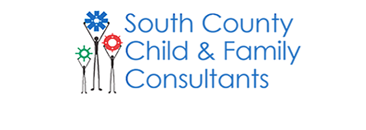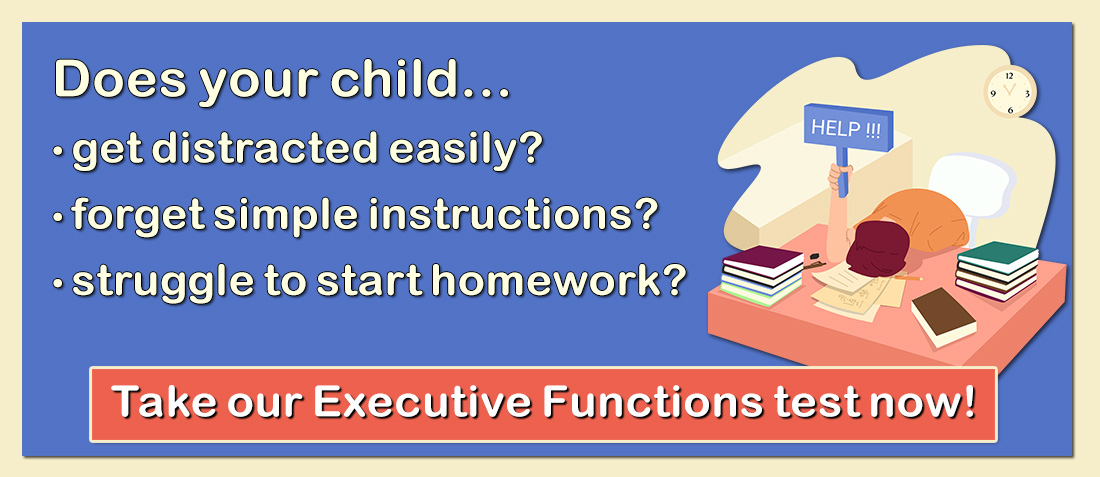The WIAT III is an educational assessment. It is a collection of 16 subtests designed to measure a child’s academic strengths and weaknesses. The WIAT III is helpful in understanding Learning Disabilities, processing speed, specific skills in language, mathematics, and written language. This test can be administered beginning at age 4.
|
Expressive Vocabulary |
Measure speaking, vocabulary, and word retrieval ability. The child is instructed to say the word that best corresponds to a given picture and definition. |
|
Oral Word Fluency |
Measures efficiency of word retrieval (how easily a child can produce words). The child is instructed to name as many things possible belonging to a certain category, such as animals or colors. |
|
Sentence Repetition |
Measures oral syntactic knowledge and short-term memory. Child is instructed to listen to sentences that increase in length/complexity and to repeat each sentence verbatim. |
|
Early Reading Skills |
Measures developing reading skills. Names letters of the alphabet, identifies and generates rhyming words, identifies words with the same beginning and ending sounds, blends sounds, matches sounds with letters and letter blends, and matches written words with pictures that illustrate their meaning. |
|
Word Reading |
Measures speed and accuracy of word recognition without the aid of context. The child is instructed to read aloud from a list of words that increase in difficulty |
|
Psuedoword Decoding |
Measures ability to decode nonsense words. The child is asked to read aloud from a list of pseudowords that increase in difficulty. |
|
Oral Reading Fluency |
Measures speed, accuracy, fluency, and prosody of contextualized oral reading. The child is asked to read passages aloud, and then orally responds to comprehension questions. |
|
Reading Comprehension |
Measures untimed reading comprehension of various types of text, including fictional stories, informational text, advertisements, and how-to passages. The child is asked to read the passages silently or aloud. After each passage, the child is asked to respond orally to comprehension questions and may refer back to the passage. |
|
Alphabet Writing Fluency |
Measures automaticity within a 30 second time limit in written letter formation and sequencing. The child is asked to write letters in any order, lower or upper case, and in cursive or print. |
|
Spelling |
Measures written spelling of letters sounds and single words. The child hears each letter sound with the context of a word, and each word within the context of a sentence, and then the student writes the target letter sound or word. |
|
Sentence Composition |
Measures sentence formulation skills and written syntactic maturity and ability. The child is asked to combine and build sentences. |
|
Essay Composition |
Measures spontaneous, compositional writing skills within a ten minute time limit. The child is asked to write an essay in response to a prompt. |
|
Math Problem Solving |
Measures untimed math problem skills in the following domains: basic concepts, everyday applications, geometry, algebra, and calculus. The child is asked to complete math calculation problems presented in a worksheet format. |
|
Math Fluency Addition |
Measures the speed and accuracy of a child’s math addition skills. The child is asked to solve written addition problems within a 60 second time period. |
|
Math Fluency Subtraction |
Measures the speed and accuracy of a child’s math subtraction skills. The child is asked to solve written subtraction problems within a 60 second time period. |
|
Math Fluency Multiplication |
Measures the speed and accuracy of a child’s math multiplication skills. The child is asked to solve written multiplication problems within a 60 second time period. |
This information was found on the Pearson website.
Visit the South County Child & Family Consultants website for more great articles!
Receive online class information and helpful tips from Dr. Randy Kulman's LearningWorks for Kids |





